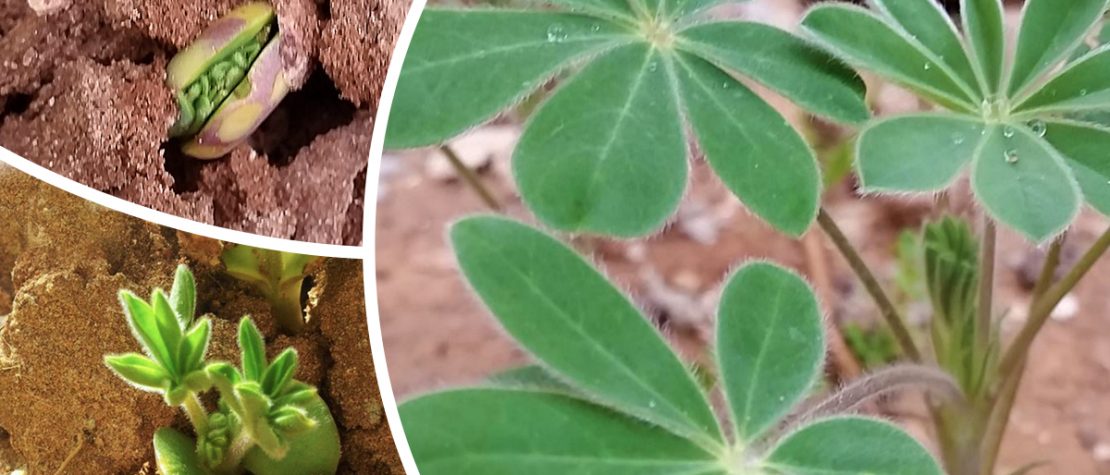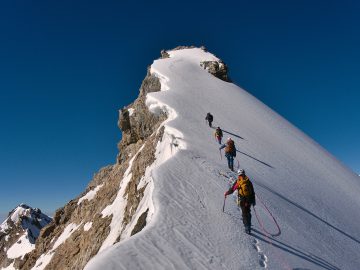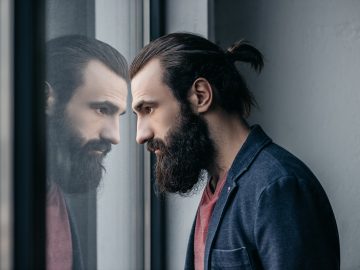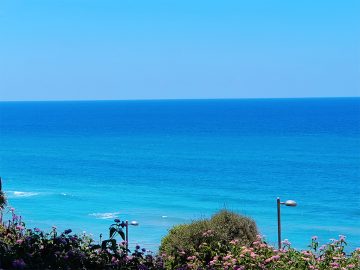According to Chinese philosophy, the big world (macro-cosmos) and man (micro-cosmos) are images of one another. In other words, Nature and man are reflections of each other. This creates constant flow and mutual influence, inner balance (harmony and peace) in man implies balance (harmony and peace) in Nature.
In man, like in Nature, there are cyclical essences, such as the menstrual cycle (physical), cyclicality in dreams (emotional) and even on the molecular and physical levels. This cyclicality preserves existence and carries the force of life (Qi) onward.
Nature is also an analog of human health: a seed being sown, sprouting, growing and evolving, bearing fruit and so forth. The evolvement of plants is also affected by environmental conditions, such as climate or pests – from which the plant learns to defend itself, and by internal conditions – its genetics, which determines its resilience.
Through pruning, irrigation, providing warmth and other actions, farmers assist plants in balancing these conditions. To make sure the plant grows and produces the best possible yield, the conditions of the plant must be optimal.
We must consider ourselves the farmers of our own bodies. Just like a farmer knows when to sow, reap and fertilize to help the plant produce the best vegetable or fruit possible, we must help our bodies develop the ability to optimally cope with the various challenges in our lives. The best way to do that is to make sure all the systems and organs in our bodies are balanced.
We should prevent ourselves from malfunctioning, as in making sure our bodies are balanced, healthy and capable of coping with any external source of illness, which poses additional challenges for our bodies. The implication is, that in our everyday routine, which most of us perceive as stressful in various aspects of life, we bear the responsibility for preventive care, which will enable us to effectively cope with everyday pressures.
Effective coping can rely on diverse preventive medicine channels. We will now learn the advantages of reflexology as a significant treatment channel.
What is Reflexology?
Reflexology is the study of reflections (reflex – from reflection, logy – from logos, study or knowledge in Greek). Treatment involves the feet, which constantly tread on the ground and become imprinted with everything we go through.
According to this discipline, the body is a map, which depicts our way since we have been born. Reflexology acts through observing Nature, which reflects the observation of human beings. Everything we have gone through is expressed in elements related to climate phenomena and our emotions and is written on our foot. This is a circle demonstrating cyclicality and processes.
Reflexology tends to the skeleton and muscular system, the endocrine system, the lymphatic system (immune system), the nervous system, the sensory nervous system, the digestive system and the respiratory system, and it assists in toxin removal, kidney and urinary system care and pain relief.
What are the elements and their relationship with our bodies?
When we discuss “elements”, we mean the major elements of Nature: air, fire, water and earth. Each element is connected to a different part of our bodies and represents a different part of our essence:
Earth – What I Need!
- Organs reflected in element – skeleton – reproduction organs, legs, removal organs (rectum and bladder)
- Element essence – represents our stability, roots, support system, home, constancy, sexuality, survival, money etc.
Water – How I Feel!
- Organs reflected in element – body fluids: blood, lymph, tears, sweat, digestive fluids
- Element essence – represents the world of our emotions and subconscious
Fire – What I See and Do!
- Organs reflected in element – muscles, ligaments and tendons: shoulders, chest, ribs, lungs, heart and heart muscles
- Element essence – represents what the person wants to display outwardly, ego, image, criticism, will and courage
Air – How I Think!
- Organs reflected in element – nervous system and skin: brain and nerve center
- Element essence – represents our mind, understanding, ideas, senses, intelligence and balance
Sides Matter
- The right foot represents the father figure – the outer world (work, customs), outer circles
- The left foot represents the mother figure – the inside world (home, family, cultures), inner circles
What is Qi?
According to Eastern philosophies, Qi is an energy, and reflexology regards it as a driving force. This force is the foundation of my work as a reflexologist. This is precisely the same energy which, in Nature, drives thunder and lightning and moves mountains, but it’s also the powerful energy inside us. Qi flows in ten pathways, called meridians, across the human body.
During the treatment, we focus on balancing the Qi energy. This is an intangible energy, which cannot be touched or measured – but it can be captured, along with the aura surrounding the person – using Kirlian photography. Qi cannot be seen, but when the Qi is malfunctioning (unbalanced), the result can be seen – it is expressed as an illness.
A person’s condition can be evaluated according to the intensity of their aura. Energy drives motion, and it’s also a part of it. Energy is divided into two types: action-producing Qi and reconstructive Qi.
Qi is a driving force, so it causes both voluntary and involuntary movements (for instance, breathing) in the body. Qi flows between the skin and the muscles and it fights any cause of illness: both internal and external.
Our aim is to balance the Qi in our bodies. Three key sources for balancing Qi are:
- Correct breathing and fresh air
- Healthy nutrition
Genetics (originating in our parents) – our DNA must be functional
What is the therapeutic procedure of reflexology?
The most important part, and typically the most challenging of all, is the first step: the patient assumes responsibility for their actions and what’s happening in their life. Choice is highly important, because it drives a process which will lead the patient to the “What do I do about it?” question, from where they’ll take action to move from where they are stuck.
I am sure we all wish unto ourselves health, true happiness and joy, but in order to get there, action is required.
I choose to see every person in a wide perspective: each person is an individual, with their own story and their own map. Each person has an essence, with an individually unique potential, and it is up to me to awaken and light this potential. It is important to ask questions, and obtain as much information as possible in order to provide the best, most accurate treatment there is.




